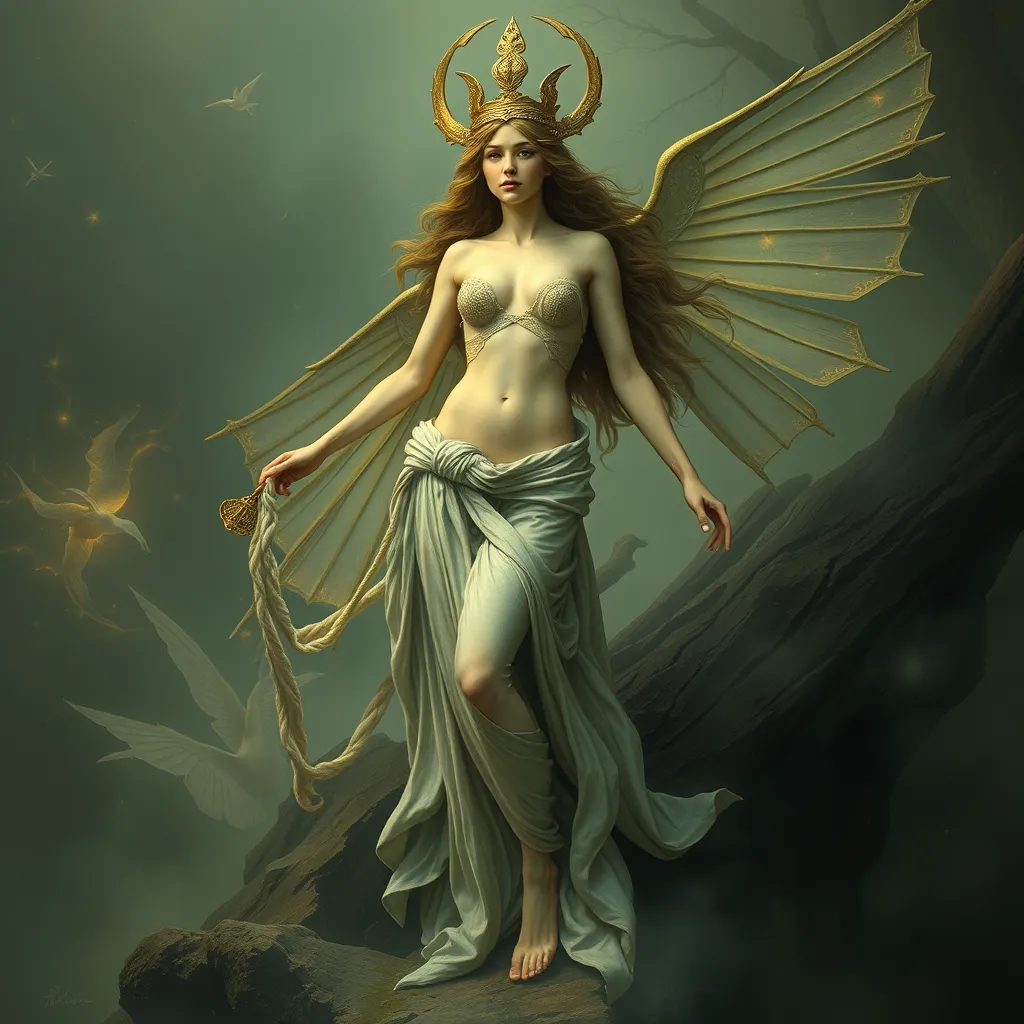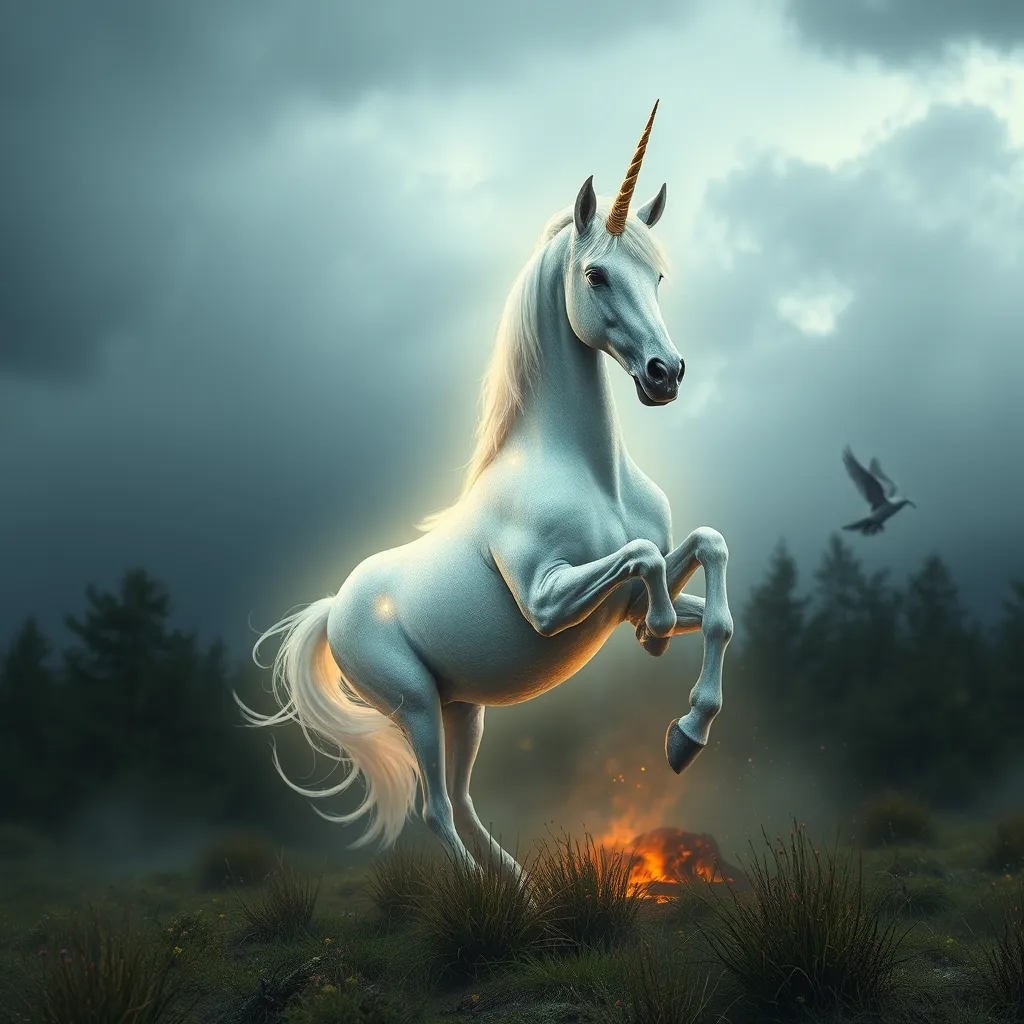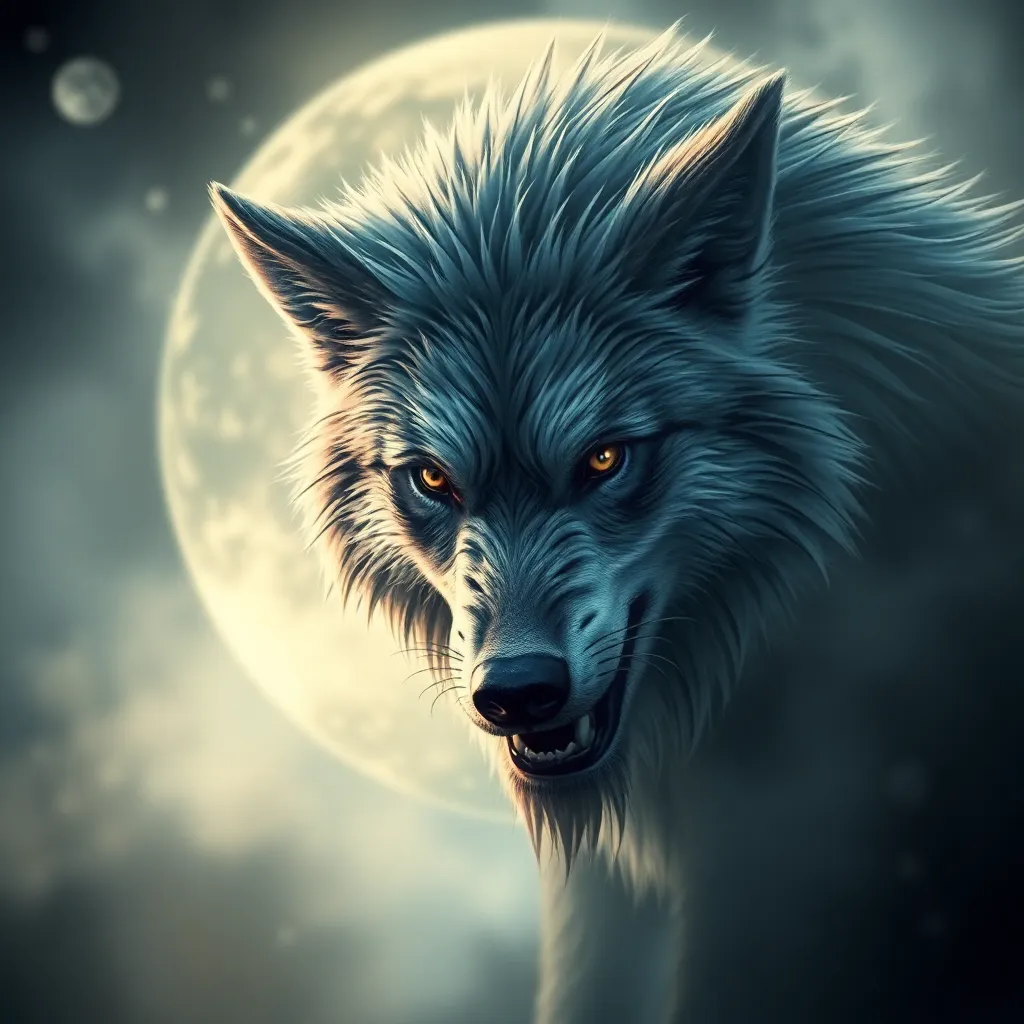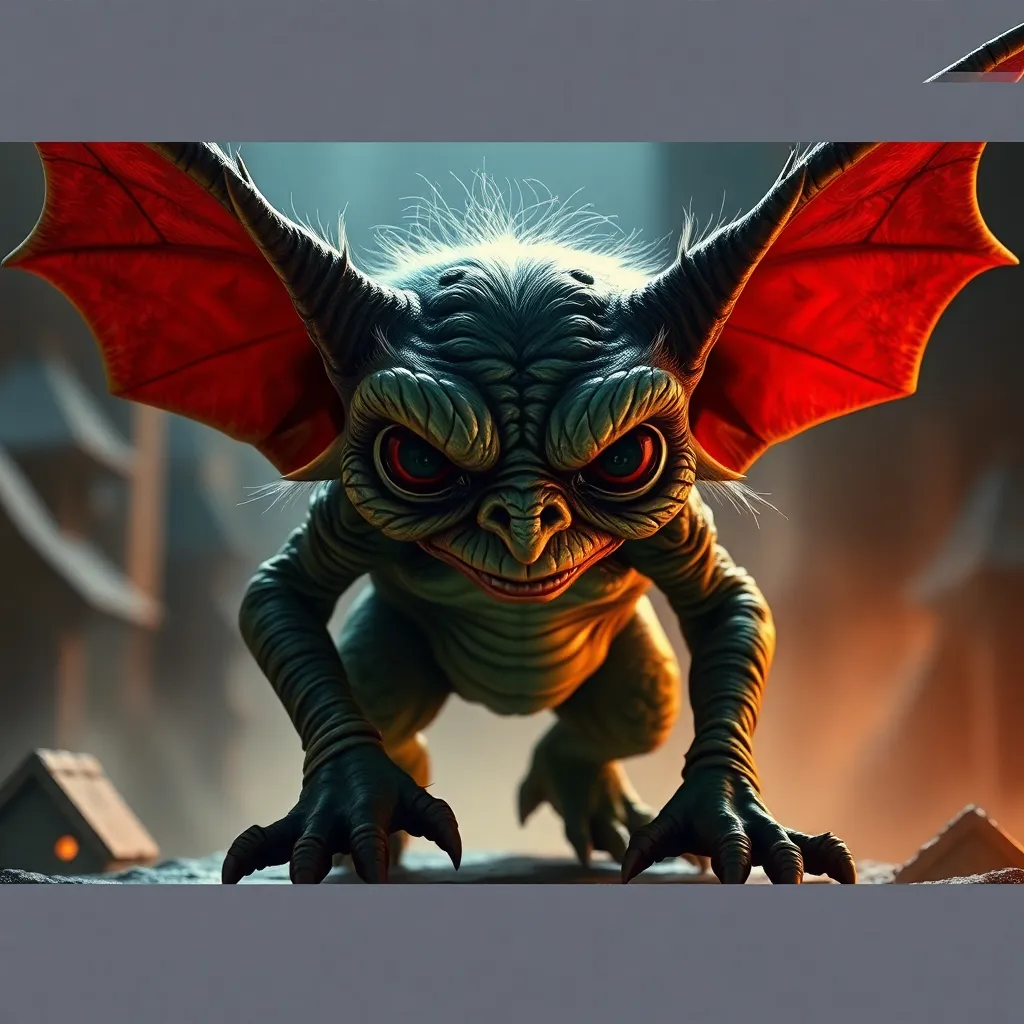From Nymph to Goddess: Exploring the Evolution of Nymph Lore
I. Introduction
Nymphs are enchanting figures found in various mythologies, often depicted as beautiful maidens who embody the spirit of nature. Traditionally, they have been associated with specific natural elements like water, trees, and mountains. In mythology, nymphs are not merely passive beauties; they play significant roles that reflect the cultures from which they originate.
The lore surrounding nymphs is crucial in understanding the values and beliefs of ancient societies. Their presence in stories and rituals illustrates the deep connection between humanity and nature. This article aims to trace the evolution of nymphs into goddesses, highlighting their significance and the transformations they underwent through time.
II. Historical Origins of Nymphs
A. Early Mentions in Ancient Texts
The concept of nymphs can be traced back to ancient texts, including Homer’s “Iliad” and “Odyssey,” where they are often portrayed as alluring beings with the power to influence both mortals and gods. Other early references can be found in Hesiod’s “Theogony,” which provides insights into their origins and roles in the cosmos.
B. Cultural Significance in Greek and Roman Mythology
In Greek mythology, nymphs were considered minor deities, closely associated with nature and regarded as guardians of their respective realms. The Romans adopted many aspects of Greek nymph lore, integrating these figures into their own mythology and emphasizing their connection to the land and people.
C. Types of Nymphs: Naiads, Dryads, Oreads, and Others
Nymphs can be categorized into various types based on their habitats:
- Naiads: Water nymphs associated with rivers, streams, and fountains.
- Dryads: Tree nymphs linked to oak trees, seen as protectors of their woodland homes.
- Oreads: Mountain nymphs who dwell in the hills and are associated with the rugged terrains.
- Oceanids: Sea nymphs who are daughters of the sea god Oceanus, embodying the vastness and mystery of the ocean.
III. The Role of Nymphs in Ancient Societies
A. Nymphs as Symbols of Nature and Fertility
Nymphs were not only embodiments of natural beauty but also symbols of fertility and growth. They were often invoked in agricultural rituals, as their blessings were thought to ensure bountiful harvests and thriving ecosystems.
B. Nymphs in Art and Literature: Depictions and Interpretations
In ancient art, nymphs were frequently depicted in sculptures and paintings, often alongside gods and heroes. Their representations varied from ethereal and delicate forms to strong and independent figures, reflecting the diverse interpretations of their roles in mythology.
C. Rituals and Worship: How Nymphs Were Revered
Rituals dedicated to nymphs were common in ancient cultures. People would create shrines in natural settings, offering sacrifices to gain favor and protection. Festivals celebrating nymphs often included music, dance, and theatrical performances, highlighting the cultural significance of these figures.
IV. The Transition from Nymphs to Goddesses
A. Key Myths Illustrating the Transformation
Many nymphs transitioned into goddesses through key myths. For example, the story of Artemis, originally a huntress nymph, evolved into the goddess of the hunt, wilderness, and childbirth, illustrating the fluidity of divine roles.
B. The Influence of Societal Changes on Nymph Lore
As societies evolved, so did their perceptions of nymphs. Increasingly patriarchal structures led to a shift, where nymphs began to be viewed less as independent spirits and more as subservient figures, paving the way for their transformation into goddesses who wielded greater power.
C. Case Studies: Prominent Nymphs Who Became Goddesses
Several nymphs notably transformed into goddesses:
- Artemis: From a nymph of the hunt to the powerful goddess of the hunt and wilderness.
- Persephone: Initially a nymph of spring, she became the queen of the underworld, symbolizing the cycle of life and death.
V. Nymphs in Modern Interpretation
A. Nymphs in Contemporary Literature and Media
In modern literature and media, nymphs continue to captivate audiences. They are frequently portrayed in fantasy genres, often embodying themes of freedom, nature, and femininity. Their allure remains strong, influencing various narratives.
B. The Evolution of Nymph Archetypes in Modern Culture
The archetype of the nymph has evolved, reflecting contemporary values. Today, nymphs are often seen as symbols of empowerment, autonomy, and ecological awareness, resonating with modern feminist movements and environmentalism.
C. Feminist Perspectives on Nymphs and Goddesses
Feminist interpretations of nymphs and goddesses offer rich insights into how these figures challenge traditional gender roles. Nymphs are frequently reimagined as powerful beings who resist control, asserting their independence in both ancient and modern contexts.
VI. Comparative Analysis: Nymphs in Different Mythologies
A. Similarities and Differences in Nymph Lore Across Cultures
Nymph-like figures appear in various cultures worldwide, sharing common traits yet differing in their narratives and significance. For instance, in Celtic mythology, the concept of the “fairy” closely resembles the nymph archetype, but with unique cultural twists.
B. The Influence of Nymphs on Other Mythological Figures
Nymphs have significantly influenced the development of other mythological figures. Their characteristics often serve as a foundation for creating new deities or spirits in various mythologies.
C. Global Perspectives: Nymph-like Figures in Various Cultures
Globally, many cultures have nymph-like figures, such as:
- Yara: A water spirit in Brazilian folklore.
- Kelpie: A water spirit from Scottish mythology known for luring people into water.
VII. The Legacy of Nymph Lore in Contemporary Society
A. Nymphs as Symbols of Environmentalism
In today’s society, nymphs often symbolize environmental awareness and the importance of preserving nature. They remind us of the intrinsic connection between humanity and the natural world.
B. Nymphs in Popular Culture: Film, Music, and Fashion
Nymphs have made their way into popular culture, appearing in films, music, and fashion. Their ethereal qualities and associations with nature continue to inspire artists and creators across various mediums.
C. The Reimagining of Nymphs in Modern Spirituality
Modern spirituality often incorporates nymph-like figures, emphasizing their roles as guardians of nature and symbols of feminine energy. This reimagining allows individuals to connect with the divine feminine and the natural world in meaningful ways.
VIII. Conclusion
In summary, the evolution of nymph lore from minor nature spirits to powerful goddesses reflects profound societal changes and cultural values. Nymphs serve as vital symbols of nature, fertility, and femininity, influencing both ancient and modern narratives.
The lasting impact of nymph lore on mythology and culture underscores the importance of understanding these figures as more than mere symbols; they are representations of humanity’s ongoing relationship with the natural world.
Future research and exploration of nymphs and goddesses promise to uncover deeper connections and interpretations, enriching our understanding of these enchanting figures.



